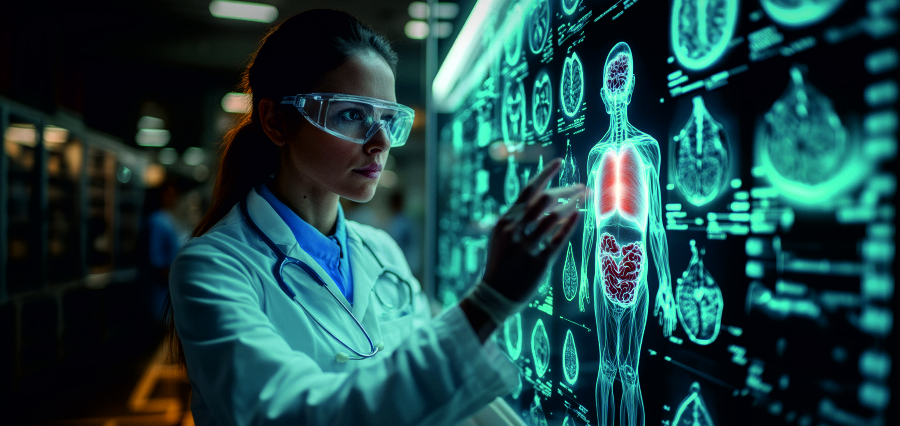Prime Highlights
- Researchers at the University of Tokyo have created an AI-based diagnostic workflow that can analyse a single droplet of blood using a standard brightfield microscope, offering faster and more affordable medical testing.
- The system tracks the drying process of fluids in real time, allowing AI to detect early disease-related changes that traditional tests may overlook.
Key Facts
- The workflow requires minimal equipment, a basic 4× microscope and digital camera, and small sample volumes, making it suitable for routine labs and point-of-care applications.
- Early tests indicate the method can detect diseases such as diabetes, influenza, and malaria, with plans to expand to more conditions and patient trials.
Background
Researchers at the University of Tokyo have unveiled an AI-based diagnostic workflow that can analyse a single droplet of blood using only a standard microscope. The team says the method could speed up medical testing and make diagnostics more affordable for clinics and community health settings.
The researchers built a high-throughput setup where droplets of blood, saliva, or urine are placed on a surface and imaged continuously as they dry. Instead of depending on the final dried pattern, the system collects time-series images through brightfield microscopy. These images are then processed by AI models trained to identify early disease-linked changes.
According to the research team, the drying process contains rich information about how proteins, cells, and other components move inside the fluid. By studying these subtle movements, the AI system can detect abnormalities that traditional tests may miss. The workflow also works with minimal sample volumes, allowing faster decisions in both laboratory and clinical environments.
Lead researcher Prof. Hiroyuki Fujita said the work shows how simple microscopes paired with advanced AI can open new possibilities for diagnostics. He noted that analysing the full drying behaviour of a droplet can reveal strong biological signals without drawing large volumes of blood or using specialised equipment.
One major benefit is accessibility. The workflow only needs a basic brightfield microscope with a 4× objective lens and a digital camera. This simple setup fits easily into routine labs and could later be used in portable or point-of-care devices.
Early tests show the method can detect conditions like diabetes, influenza, and malaria. The team will improve the models, test them on more patients, and include more diseases. In the long term, they want to turn the technique into a mobile health tool that provides fast, low-cost diagnostics to communities with limited access to healthcare.








